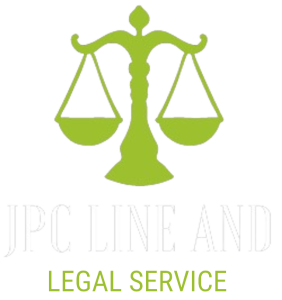Accidents can result in a wide range of injuries, each with its own set of legal implications. Understanding the common types of accident injuries and their potential legal ramifications is crucial for anyone navigating the aftermath of an accident. Here are some of the most frequent types of accident injuries and their legal implications:
- Whiplash Injuries: Whiplash is a common injury in car accidents, particularly rear-end collisions. It occurs when the head and neck are suddenly jolted backward and then forward, causing strain or damage to the neck muscles and ligaments. While whiplash injuries may seem minor, they can lead to chronic pain and long-term disability. In legal terms, whiplash injuries may entitle the victim to compensation for medical expenses, pain and suffering, and lost wages.
- Fractures and Broken Bones: Fractures and broken bones are prevalent in various types of accidents, including falls, motor vehicle collisions, and workplace incidents. Depending on the severity and location of the fracture, recovery may require surgery, immobilization, and extensive rehabilitation. In legal terms, victims of fractures and broken bones may pursue compensation for medical treatment, rehabilitation costs, lost income, and pain and suffering.
- Traumatic Brain Injuries (TBIs): TBIs are among the most serious and life-altering injuries resulting from accidents. They can occur in motor vehicle accidents, falls, and sports-related incidents. TBIs range from mild concussions to severe brain damage, affecting cognitive function, motor skills, and emotional well-being. Legal implications of TBIs include substantial medical expenses, ongoing rehabilitation needs, loss of earning capacity, and diminished quality of life. Victims may be entitled to significant compensation to cover these damages.
- Spinal Cord Injuries: Spinal cord injuries can have catastrophic consequences, leading to partial or complete paralysis and lifelong disabilities. They often occur in car accidents, falls, and acts of violence. In addition to physical impairments, spinal cord injuries can result in emotional distress, loss of independence, and substantial medical costs. Legal implications include pursuing compensation for medical treatment, assistive devices, home modifications, loss of income, and pain and suffering.
- Soft Tissue Injuries: Soft tissue injuries, such as sprains, strains, and contusions, are common in accidents involving sudden impact or repetitive motion. While they may not be as visibly apparent as other injuries, soft tissue injuries can cause significant pain and discomfort, limiting mobility and functionality. Legal implications include seeking compensation for medical expenses, physical therapy, lost wages, and pain and suffering.
- Internal Injuries: Internal injuries, including organ damage, internal bleeding, and abdominal trauma, are often overlooked immediately following an accident. However, they can pose serious health risks if left untreated. Legal implications involve proving causation and liability for the internal injury, as well as seeking compensation for medical treatment, surgery, rehabilitation, and related expenses.
In conclusion, understanding the common types of accident injuries and their legal implications is essential for protecting your rights and pursuing fair compensation after an accident. If you’ve been injured in an accident due to someone else’s negligence, it’s crucial to seek legal guidance from experienced professionals like JPC Line Legal Service. Our team is here to help you navigate the complexities of personal injury claims and advocate for the compensation you deserve.

